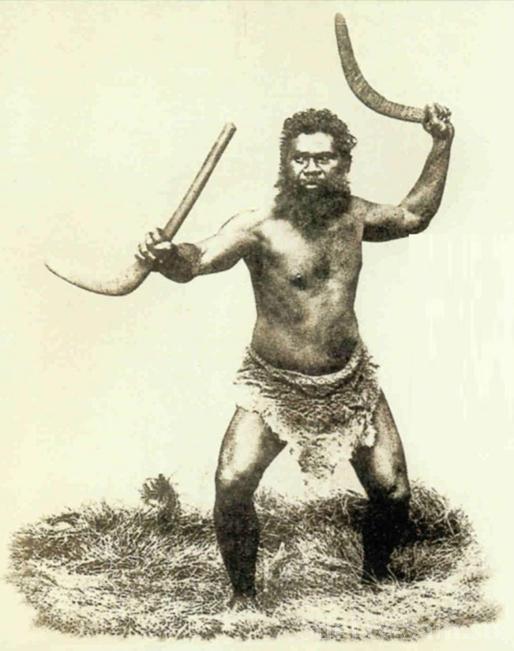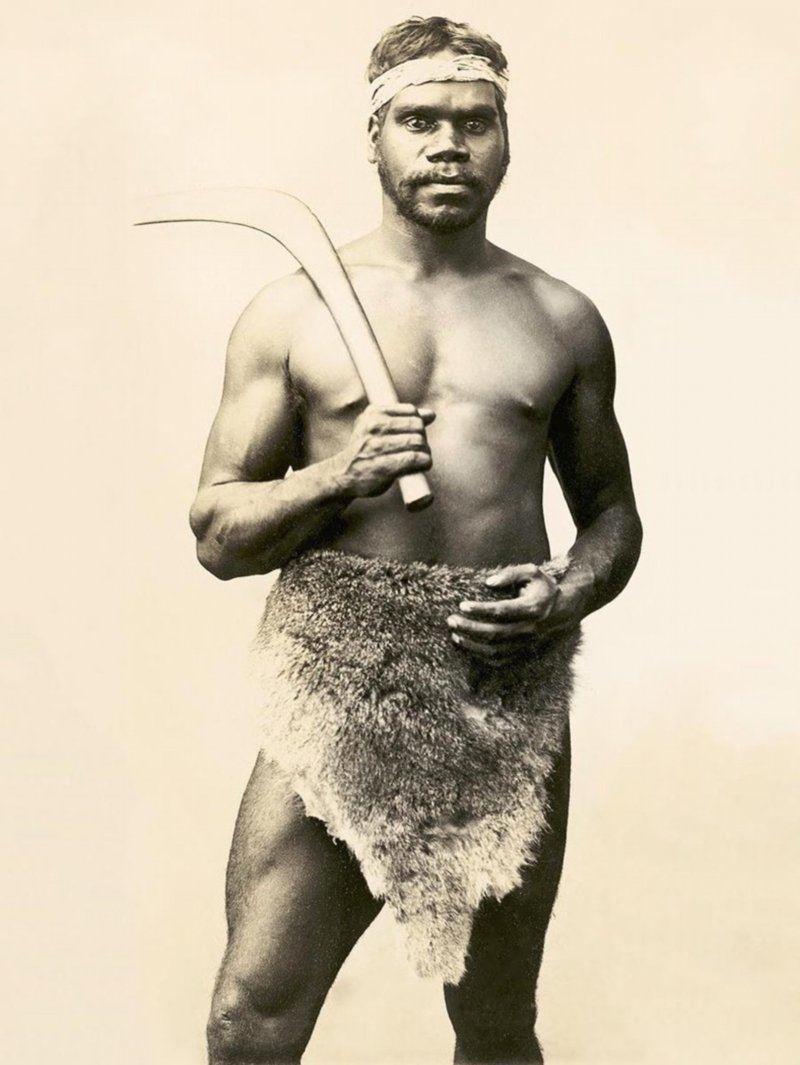Hi everyone
Its always good to see a new company announce a new venture , one which did recently is:




As with anything in today's world the race has been affected sometimes not for the best and often controversial

Photograph by David M. Welch.
A fire saw with a cleft stick. This small fire-making kit is resting against a termite mound for the photograph. On the left is a split stick, with the split wedged apart by a small piece of wood. In the centre is another piece of wood used like a saw and rubbed across the split or cleft stick to produce an ember. On the right is a small wad of macerated spinifex providing the tinder. Central Australia, 1920s.

Photograph by Herbert Basedow, from Making Fire.
Two Aranda men in Central Australia rub the sharp edge of a hardwood spearthrower over a softwood shield to make an ember using the fire saw method.

Photograph by Spencer and Gillen, from Making Fire.
Australian Aborigines manufactured a range of tools, utensils, fighting weapons, and hunting weapons made from the available resources of wood, bone and shell.
Wooden tools and utensils included:
A very amazing culture and one which I believe should not be lost in the depths of time
Here are some pictures of the amazing features of the aborigine
 shows the tribal scarring as well
shows the tribal scarring as well



Some weapons including a variety of spears and a variety of baskets often seen in use
 At the top, two plant fibre string bags for carrying food and other items. Below left, a headband. Below right, a stiff fibre bag used for straining food, such as yams after they are washed.
At the top, two plant fibre string bags for carrying food and other items. Below left, a headband. Below right, a stiff fibre bag used for straining food, such as yams after they are washed.
 Cane basket made from split Lawyer Cane / Vine Usually called a "bicornual" basket, the correct term is "bicornuate" basket, named after its two horn-like pointed corners. Cedar Creek, north Queensland.
Cane basket made from split Lawyer Cane / Vine Usually called a "bicornual" basket, the correct term is "bicornuate" basket, named after its two horn-like pointed corners. Cedar Creek, north Queensland.
Source : www.aboriginalculture.com.au



Its always good to see a new company announce a new venture , one which did recently is:

Hailing from Russia and based in St Petersburg the company announced it conception and first 2 release here on PF and social media
Initial releases from them inculdes a Trapper full figure and a bust ...
Guess what I am looking at here:

As you can see its a native of Australia ....a Aborigine based no doubt on a character in the 2008 film titled "Australia" played by the actor David Gulipil

Lets have small amount of background on these wonderful peoples :
Australia's Aboriginal culture probably represents the oldest surviving culture in the world, with the use of stone tool technology and painting with red ochre pigment dating to at least 50,000 years ago.
The word aborigine (with a little a ) means one of the original native inhabitants of any country. The word Aborigine (with a capital A ) is used to describe the indigenous people of Australia. In Australia, many non-Aboriginal people use the terms Aboriginal and Aboriginals as singular and plural nouns for the people. Aborigines describe themselves using the various words which mean person from each of their own different language groups (tribes). A person from the Sydney region might describe themselves as Koorie, from Darwin as Larrakeyah, from northeast Arnhem Land as Yolgnu, and central Australian has Pitjantjatjara, Pintubi .As with anything in today's world the race has been affected sometimes not for the best and often controversial
Aboriginal fire making
The hand drill is where a vertical stick is twirled and forced down onto a lower stick to create an ember. Larrakia man, Alfie May, demonstrates the method.
Photograph by David M. Welch.
A fire saw with a cleft stick. This small fire-making kit is resting against a termite mound for the photograph. On the left is a split stick, with the split wedged apart by a small piece of wood. In the centre is another piece of wood used like a saw and rubbed across the split or cleft stick to produce an ember. On the right is a small wad of macerated spinifex providing the tinder. Central Australia, 1920s.

Photograph by Herbert Basedow, from Making Fire.
Two Aranda men in Central Australia rub the sharp edge of a hardwood spearthrower over a softwood shield to make an ember using the fire saw method.

Photograph by Spencer and Gillen, from Making Fire.
Australian Aborigines manufactured a range of tools, utensils, fighting weapons, and hunting weapons made from the available resources of wood, bone and shell.
Wooden tools and utensils included:
- Chisels and scrapers (stone pieces) hafted to long wooden handles. (See the section on stone tools.)
- Women’s digging sticks made with a range of shapes and sizes.
- A woman’s spade-like implement was used in the south-east of the country.
- Wooden carriers.
- Wooden spindles of crossed sticks were used to spin human and animal-fur string.
A very amazing culture and one which I believe should not be lost in the depths of time
Here are some pictures of the amazing features of the aborigine




Some weapons including a variety of spears and a variety of baskets often seen in use


Source : www.aboriginalculture.com.au


As we are of course a modelling site here is a flesh acrylic mix :
Australian Aborigines
Native Australians are a mystery in respect fleshtones:
- While their skin resembles Africanssomewhat, their hair grows more like Indian Farkirs.
- The sun in Australia has a lot to do with this, but as you can see their skin tends to be more ochre looking.
- Speaking of Ochre, as part of their religion Aborigines go to places in the desert and grind ochre on rocks, making a type of body paint.
- Since they don’t wash it off for weeks or even months, you may want to add this to your minis by using earth tones in simple patterns. You can find many examples of their art on line

Vallejo Swatches:
Black Red #859, Burnt Cad. Red #814, Cavalry Brown #982, Red
Leather #818, Orange Brown #981, Brown Rose #803, Basic Skin Tone #815,
Light Skin #928
Details curtesy of CoolMiniOrNot forum
Continued in next post
Nap







































